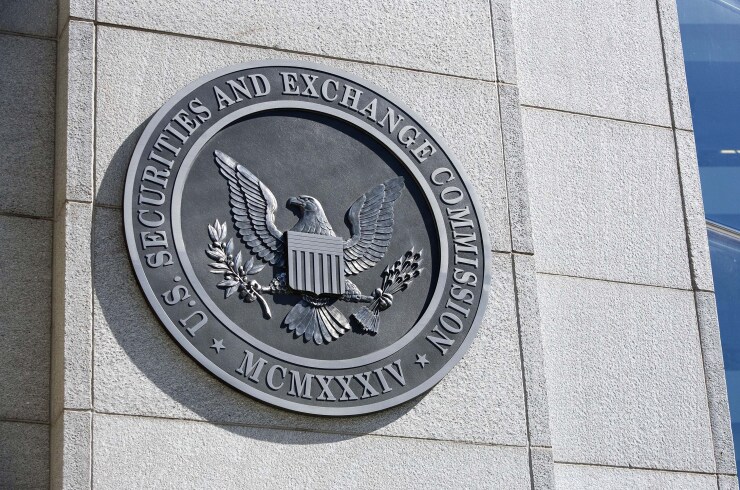Over a year ago, the Securities and Exchange Commission proposed a rule to require companies and mutual funds to use Inline XBRL, a version of Extensible Business Reporting Language, in their operating company financial statement information and mutual fund risk/return summaries. While the SEC is not yet mandating the use of Inline XBRL the way it mandated XBRL use in 2009, the use of the data-tagging technology is steadily expanding.
Workiva, a company that provides XBRL technology, recently reported that users of its Wdesk product filed more than 84 percent of all Inline XBRL facts with the SEC in the fourth quarter of 2017. Wdesk has also been used to file more than 69 percent of all Inline XBRL filings.
Inline XBRL, also known as iXBRL, creates a single, standardized, machine-readable report that’s integrated directly within a company’s human-readable HTML filings. The technology combines the advantages of both filing types into a single, browser-friendly document.
“It’s just like you’re reading a document, unless you scroll over it with your mouse, and then it will show you what the tag represents,” said Workiva president and chief operating officer Marty Vanderploeg. “And if the computer needs to read it, all the tags are sort of behind the text or the numbers, so the computers can read it and do all the analysis too. It facilitates human reading as well as machine reading, so instead of having multiple files — one that a human would read and one that a machine would read, and a file telling how they correlate together — they just turned it all into one inline file that both humans and computers can read. That’s really the primary benefit of Inline XBRL.”
Workiva’s Wdesk was used to create the first iXBRL filing less than three weeks after the SEC began allowing the voluntary format in the U.S. in June 2016. The following year, in March 2017, the SEC voted to propose amendments to require iXBRL in filings submitted by public companies and mutual funds that currently file with XBRL. If approved, the amendment could require corporate financial statements and mutual fund risk/return summaries to be filed in iXBRL. Vanderploeg believes the SEC mandate is inevitable sometime in 2018 or 2019.
“I don’t think anybody doubts that’s going to happen,” he said. “It’s just a matter of when. The rest of the world uses the inline format.”
He doesn’t anticipate the change to be difficult now that financial filers have become accustomed to using XBRL over the past few years since the original SEC mandate.
“This is just a different output that is much easier for the data consumers, meaning the different rating agencies, or the trade analysts or the data people like Bloomberg,” said Vanderploeg. “It’s just an easier way for them to consume the data. The actual preparers of the XBRL for the public companies in this case see no change at all, except they push a button and say output it in this format instead of that format. It will not be a burden at all. It will be a burden for companies like us who have to make that output format available, but we did that early on because we knew this was coming.”
The technology is already being widely used in Europe, where the European Securities and Markets Authority selected Wdesk to be one of the first systems to test ESMA’s European Single Electronic Format taxonomy. Inline XBRL will be required under the taxonomy for more than 5,000 issuers in the European Union for their annual financial reports, ending on or after Jan. 1, 2020.
Vanderploeg sees advantages for XBRL technology in general as a way to provide greater financial transparency. “I lived through 2008, as someone who was using the financial markets, and I lived through the 2000 bubble,” he said. “The transparency that XBRL gives will be a revolution in terms of keeping our financial system more stable and having a better understanding of it.”






